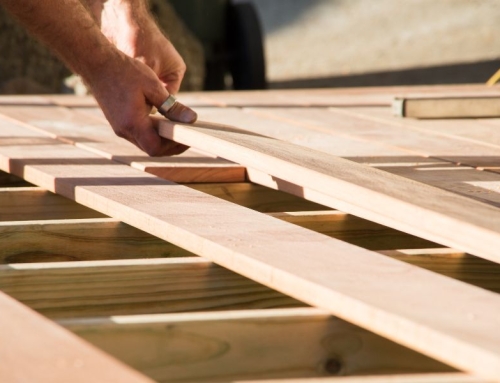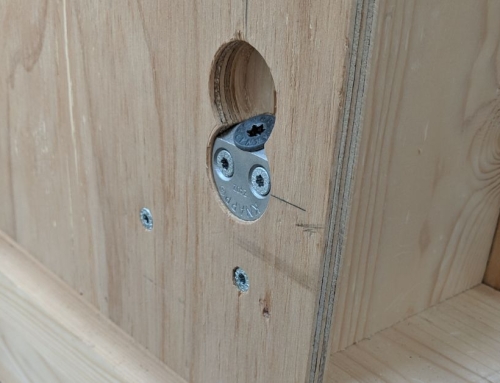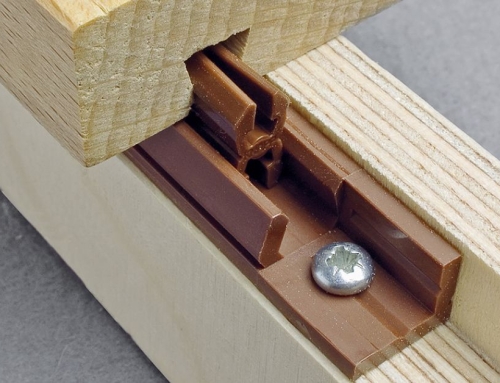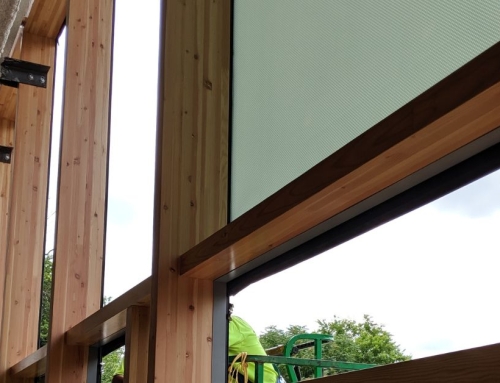While multiple types of connectors and joints are available, it can be hard to know if you’re choosing the right one for your project. You want strength, a seamless finish, and properly aligned wooden planks, and most connectors provide just that, but how do you know what type is best?
While each joint is favorable among many craftspeople and woodworkers, we will help you decide which joinery technique is best: dowel joints vs. biscuit joints.
Dowel Joints
Dowel joints connect two pieces of wood by drilling holes into two parts and using wooden pegs to join the wood together. The wood craftsperson will put glue into the holes, insert the dowel, and clamp the pieces down until the glue dries. This method takes longer than biscuit joints, but it creates a strong hold. Dowel joints are excellent for making furniture, wooden toys, shelving projects, and more.
Biscuit Joints
This form of joinery involves placing oval-shaped wooden connectors into slots of the corresponding pieces of wood. The biscuit swells in size, keeping the parts in place. When done correctly, biscuit joints help create a seamless finish to your project. With careful measurements, each wooden piece will align perfectly and create a uniform finish.
How Do I Choose the Right One?
Consider your project type and needs when deciding which joinery method is best. Though both help create secure wooden furniture and shelving, should you use dowel joints or biscuit connectors?
Biscuit joints are ideal for aligning planks and add extra security and durability to structures. While most biscuit joints require glue or extra power to stay secure, Knapp Connectors provides biscuit joiners that you need only hammer into place. All in all, these joiners are simple, quick to use, and inexpensive.
On the other hand, wooden dowel connectors are also excellent for creating wooden structures but may require more effort. These connectors are more challenging to use than biscuits but provide great strength when installed—more strength than biscuit joiners. You can also install them with or without glue. Additionally, this option is ideal for outdoor projects.
Get Connected With Knapp Connectors
Since 1978, Knapp Connectors has worked to find innovative and aesthetically pleasing ways to preserve your designs and artisanship. Our connectors are easy to use, concealed, and self-tightening, ensuring that they reduce the time and labor needed to create wooden structures.
We also understand that finding the right connector can be tricky. We’re dedicated to informing our readers and customers about the various joints and fasteners we have available. If you have any questions about our connectors and which is best for you, don’t hesitate to browse our online store and contact us! We’re always happy to help.





